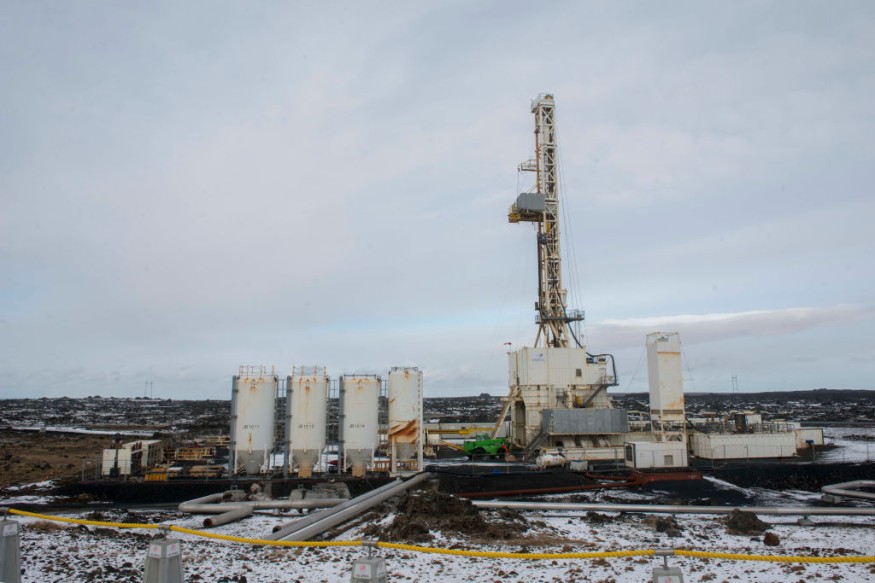
The world is facing an energy crisis and struggles to recover from the shortages post-pandemic and not to mention the ongoing war between Ukraine and Russia. This makes the audacious goal of the geothermal startup company called Quaise Energy timely as they plan to drill the deepest hole into the Earth's crust than anybody has dug before.
Since its launch in 2020, Quaise has raised $63 million in funding to tap the subterranean power deep beneath Earth and harness unlimited power to solve the global energy crisis.
The Reykjanes geothermal power station is pictured on March 23, 2017 in Reykjanes at the southwestern tip of Iceland.
What You Need to Know About the Global Energy Crisis
When lockdown restrictions were lifted, the price of gas also slowly went up as the world recovered. It is followed by shortages due to the increasing demand for energy infrastructure that caused rises in wholesale gas prices. According to Power Technology, the chain of events has hit gas and electricity prices to go up and reach new high level in the last few months.
From records low during the lockdowns when demand was low and prices plummeted, this time the demand has increased, but the supply is low, prompting the price to skyrocket. Several countries, including the US, the UK, and China, struggle to secure winter power due to shortages and widespread gas crises.
In 2021, crude oil was up by 65%, making each barrel cost up to $83. Also, gasoline has been more costly than any time since 2014, but supply is at its lowest level in five years. Meanwhile, the natural gas that provides over 30% of the electricity in the US has more than doubled in 2021 to $5 per million Btu.
Even coal is exploding as the price of US reached up to 400% this year. But Europe is experiencing the worse effect as electricity prices have gone up five times and natural gas increased further.
Digging the Deepest Hole in Earth to Harness Unlimited Energy
The global energy crisis seems to be worsening each year and Quaise aims to solve this. According to Science Alert, the company's vision is to get closer to the center of the Earth using conventional drilling methods and a megawatt-power flashlight inspired by MIT technology that might make nuclear fusion possible someday.
With the increased popularity of solar and wind energy, geothermal energy has become the forgotten renewable energy because there are only a few places where hot rocks are suitable for geothermal energy extraction.
Radical Plan to Make Earth's Deepest Hole Could Unleash Limitless Energy https://t.co/ZEIZMvHTCO pic.twitter.com/rDmJzBG1Sa
Quaise aims to develop a technology that will dig deep holes in the Earth's crust at record depths that will grind rocks at temperatures exceeding 356 degrees Fahrenheit (180 degrees Celsius). They will hook the megawatt-power gyrotron to the cutting tools that will blaze through even the toughest and hottest rock at depths around 12.4 miles (20 kilometers) within months.
The company anticipates having field-deployable devices within the next two years and hopes to be able to take over the old coal-fueled power stations by 2028, transforming them into steam-powered facilities. This concept of harnessing energy deep beneath Earth is old and yet new at the same time because of the use of novel technologies.
Currently, less than 50% of the world uses geothermal energy, which is something that should change to remain on track for the global goal of net-zero emissions by 2050 to cap global warming to something less catastrophic.
RELATED ARTICLE: Novel Thermal Energy Storage Technology Saves Heat From Summer to Use in Winter to Cut Rising Energy Bills
Check out more news and information on Energy in Science Times.
© 2025 ScienceTimes.com All rights reserved. Do not reproduce without permission. The window to the world of Science Times.











